Melbourne, 12 Jumadil Awwal 1436/3 March 2015 (MINA) – A town seen as the heart of Australia’s Turkish community on Saturday revealed a “Wall of Friendship” to mark the centenary of the Battle of Gallipoli.
Hundreds of residents in Auburn, a suburb of western Sydney, gathered at a ceremony to unveil the 20-meter (60 foot) long wall.
The 100th anniversary of the Gallipoli campaign, known as the battle of Canakkale in Turkey, is seen as a defining moment in the early nationhood of both countries and April 25 is marked as Anzac Day in Australia and New Zealand, after the Australian and New Zealand Army Corps soldiers who fought and died on Turkish soil, Anadolu Agency quoted by Mi’raj Islamic News Agency (MINA) as reporting.
The wall in Auburn, where a population of around 33,000 includes 5,000 residents of Turkish ancestry, features three plaques.
Also Read: UN Experts Warn Right Violations in Kashmir by Indian Authorities
Councillor Semra Batik-Dundar, who instigated the building of the wall, told The Anadolu Agency the metal plates conveyed “a story of compassion” that was sometimes overlooked in the history of a nine-month battle that saw 130,000 men killed, including 87,000 Ottoman Empire troops and 9,000 Australians.
The central plaque depicts an Ottoman soldier carrying a wounded Anzac officer.
“[In 1967] Australia’s Governor General Richard Casey, who as a young lieutenant fought at Gallipoli, gave a speech recounting a remarkable story from the battlefield,” Batik-Dundar said.
Casey told of an incident in which a Turkish “Mehmetcik,” as the Ottoman soldiers were known, climbed from his trench to carry a wounded Australian officer to Australian lines. Casey described the event to illustrate his respect for the men he had fought against more than half a century earlier.
Also Read: At Least Nine Children and One Woman Killed in Pakistani Airstrike on Afghanistan
The scene, which is also replicated in a statue in Turkey, symbolises the chivalry and compassion shown by both sides in the battle.
The wall, which forms a half circle around a traditional war memorial in Auburn Memorial Park, carries an inscription of the famous words of Mustafa Kemal Ataturk, the founding president of modern Turkey.
Ataturk, who commanded the Ottoman forces at Gallipoli, paid tribute to Anzac servicemen in a 1934 speech.
The inscription echoing his words reads: “Wipe away your tears. Your sons are now lying in our bosom and are in peace. After having lost their lives on this land, they have become our sons as well.”
Also Read: Pakistan Condemns Israeli Settler Attacks in West Bank, Al-Aqsa Storming
The shared history of Turkey and Australia, symbolized by crossed flags on one of the plaques, is recorded by the wall that, according to Batik-Dundar, represents “two outstretched arms embracing and hugging the Auburn war memorial.”
She added: “It symbolises the love and friendship between the two countries.”
Auburn Mayor Ronney Oueik said: “The Auburn City Council is home to a significant population of people with Turkish ancestry, numbering around 5,000.
“Together, we will all commemorate, remember and pay tribute to those who fought against each other 100 years ago. We do so as friends and neighbors who live together in the spirit of a shared legacy and history today.
Also Read: China Criticizes US-Drafted UN Gaza Resolution as Vague, Abstains from Vote
“Our Anzac centenary commemorations will share an insight into our local story – `from foes to friends, sharing our common history.’ One hundred years ago our nations fought a war and now we are building a community together.”
Batik-Dundar said her childhood memories inspired her to propose the wall of friendship.
“As a Turkish-Australian, my journey developed over the years of going to school here in Auburn. I remember on every Anzac day I felt sorrow and pain for both Australian and Turkish soldiers.
“Children being children, the fellow students in my class teased me that I was a Turk and my granddads had shot their granddads. I was devastated and confused.”
Also Read: Former Bangladesh PM Sheikh Hasina Sentenced to Death
Her search for answers led to a desire to acknowledge the goodwill between the two countries and, as she put it, “the power of forgiveness.” (T/P010/P3)
Mi’raj Islamic News Agency (MINA)
Also Read: Pakistan Declares State of War After Car Bomb Incident





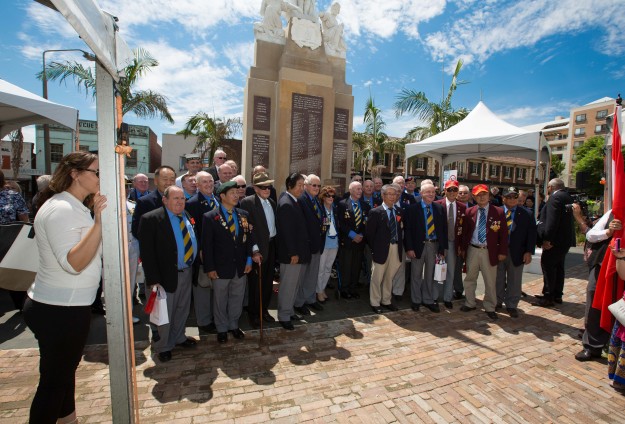




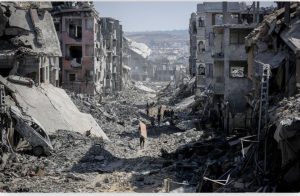
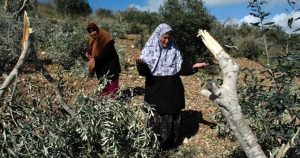
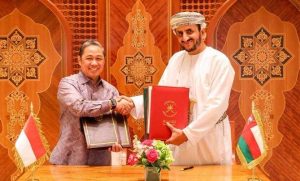




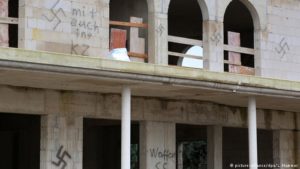
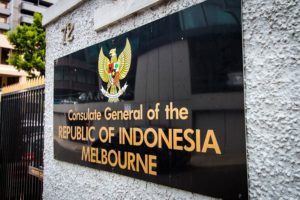

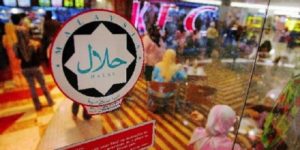
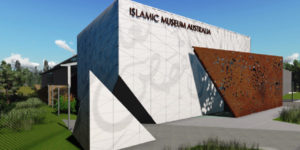












 Mina Indonesia
Mina Indonesia Mina Arabic
Mina Arabic